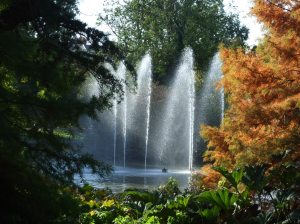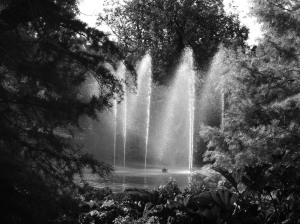Photoshop is a great tool for bringing out the best in a photo.
Normally we can experiment with different additions to the photo by adding layers. These do not alter the original image and so you can work on them at a later date if need be.
Curves– these alter the individual pixels in the photo by making them brighter of darker. By adding a layer and opening the curves box, you can edit the different tones- blacks, shadows, midtones, highlights and whites. This will alter the whole feel of the photo by bringing out and enhancing shadows, clouds and textures to change the mood of the photo. You can also edit the RGB content individually. If there is too many yellow tones, we can add blue to contrast, too much green we add magenta, and too much red we add cyan.
Lassoo– this allows us to select a particular area of the photo to edit without altering the other parts and ruining the image.
Feathering-this softens the edge of the area you have selected to edit, making blending easier.
Straightening the Horizon- this tool enables you to make your image fit more neatly into the rule of thirds.
Hue slider– adjusts all colours in the image- shadows, midtones and highlights. Useful when you want a weird or surreal effect.
Saturation slider– will increase or decrease the amount of colour the image contains.
Colorize- adjusts all the colours to a single tone.
Colour Balance– This will only control the colours in that tone, and again midtones, shadows and highlights. We can affect the tone of the picture- perhaps giving it a vintage feel, or cold looking perhaps.

